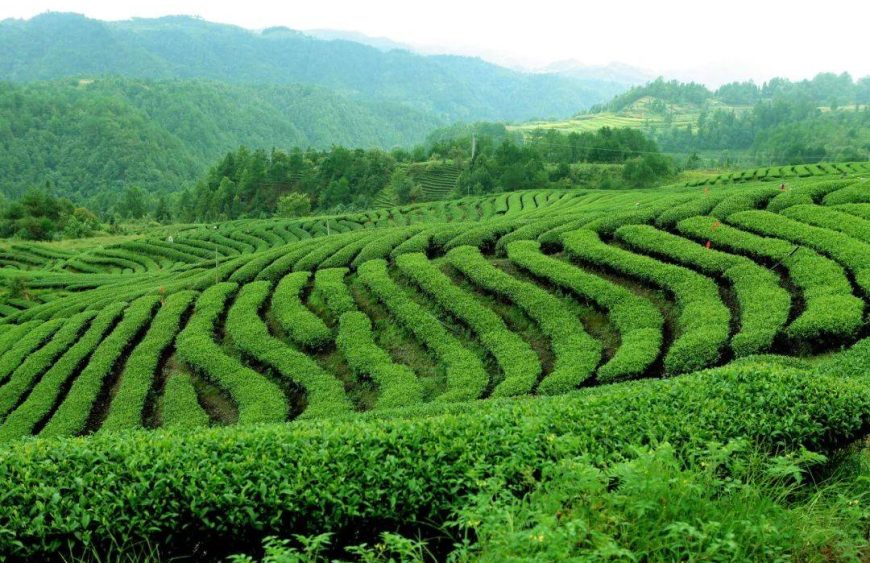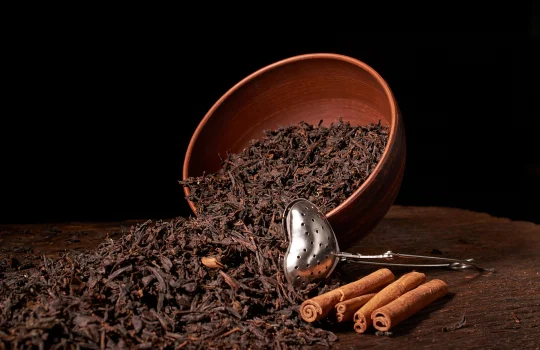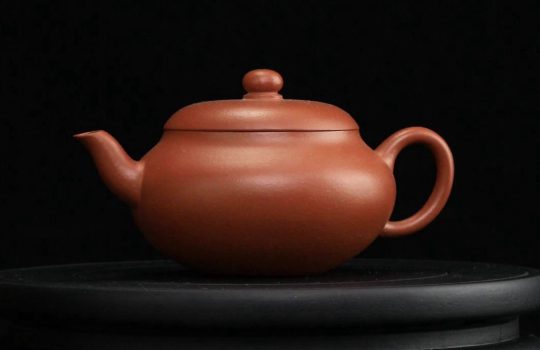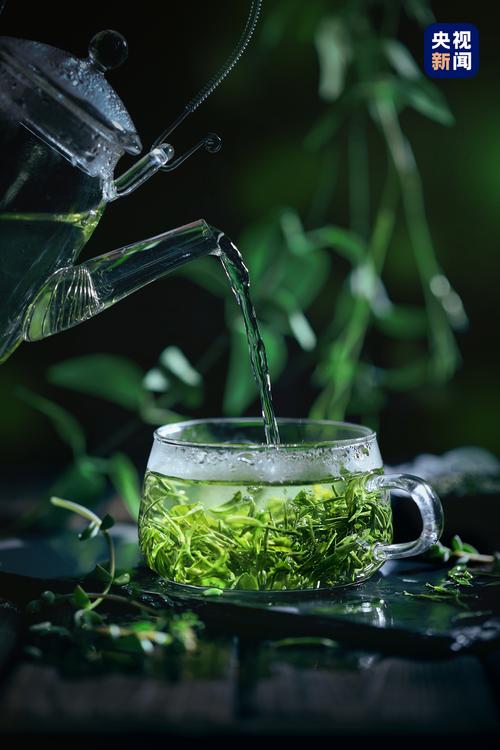According to the geographical conditions of tea tree growth, tea can be divided into several types: high mountain tea, flat land tea, and organic tea, with different qualities.
1. High mountain tea
Throughout history, tribute tea, traditional famous tea, and contemporary newly created famous tea have often originated from high mountains. Therefore, compared to plain tea, high mountain tea can be said to have unique advantages, which is commonly known as “good tea comes from high mountains”.
In the Ming Dynasty, Chen Xiang wrote in a poem: “Mist sprouts absorb all the fragrant dragon fat.” This means that the quality of high mountain tea is good because it absorbs “dragon fat” in clouds and mist. Many famous teas in China are named after mountains and clouds. For example, Huaguoshan Yunwu Tea, Lushan Yunwu Tea, Gaofeng Yunwu Tea, Huading Yunwu Tea, Nanyue Yunwu Tea, Xiongdong Yunwu Tea, and so on. In fact, the reason why high mountains produce good tea is due to the superior tea tree ecological environment.
Tea trees have always favored warmth, humidity, and shade, and high-altitude mountainous areas perfectly meet these conditions. Warm temperatures, abundant precipitation, rich humidity, and slightly acidic soil promote the growth of tea buds, plump leaves, and lush green leaves in high mountains. After being made, the tea leaves are tightly tied, white hairs are exposed, the aroma is rich, and it is durable for brewing.
The so-called good tea comes from high mountains compared to flat land, not because the higher the mountain, the better the tea. The high mountains in the famous tea producing areas are concentrated between 200 and 600 meters above sea level. Once the altitude exceeds 800 meters, the temperature will be lower, which often affects the growth of tea trees and makes them susceptible to white spot disease. Tea leaves made from these new shoots of tea trees will taste astringent and have a poor taste. In addition, as long as the climate is mild, there are more clouds and mist, the rainfall is abundant, and the soil is fertile and good, even if it is not high mountains, ordinary areas can still produce good tea.
2. Flat tea
The growth of tea trees in Pingdi tea is relatively rapid, but the tea leaves are small and the leaves are thin, making them relatively ordinary compared to others; The processed tea leaves have light and fine strands, a relatively light aroma, and a short aftertaste.
Compared with high mountain tea, Pingdi tea has different ecological environments, not only in terms of tea morphology, but also in terms of tea quality: Pingdi tea has short new shoots, yellow green leaves with less light, hard and thin leaf bottoms, and flat and expanded leaves. The tea leaves processed from this have a slightly lower aroma, a lighter taste, lighter body and bones, and thin strands.
3. Organic tea
Organic tea is tea sprouts grown in completely pollution-free production areas, produced and processed in a strict and clean production system, following pollution-free packaging, storage, and transportation requirements, and undergoing review and recognition by food certification agencies. Organic tea is a new category of tea that has emerged recently, and can also be seen as a new identification standard for tea.
From the appearance, it is difficult to distinguish between organic tea and conventional tea, but in terms of product quality certification, there are the following differences between the two:
(1) Conventional tea is usually grown using agricultural chemicals such as fertilizers and pesticides; Organic tea is prohibited from using any artificially synthesized additives and agricultural chemicals during cultivation and processing.
(2) Conventional tea usually only undergoes quality certification for end products, with little consideration given to the production and processing processes; Organic tea undergoes necessary testing during cultivation, processing, storage, and transportation to ensure that the entire process is pollution-free. Therefore, if consumers find any quality issues after purchasing organic tea from the market, they can trace any link in the production process through the quality tracking records of organic products, which is also difficult to achieve when purchasing regular tea.




